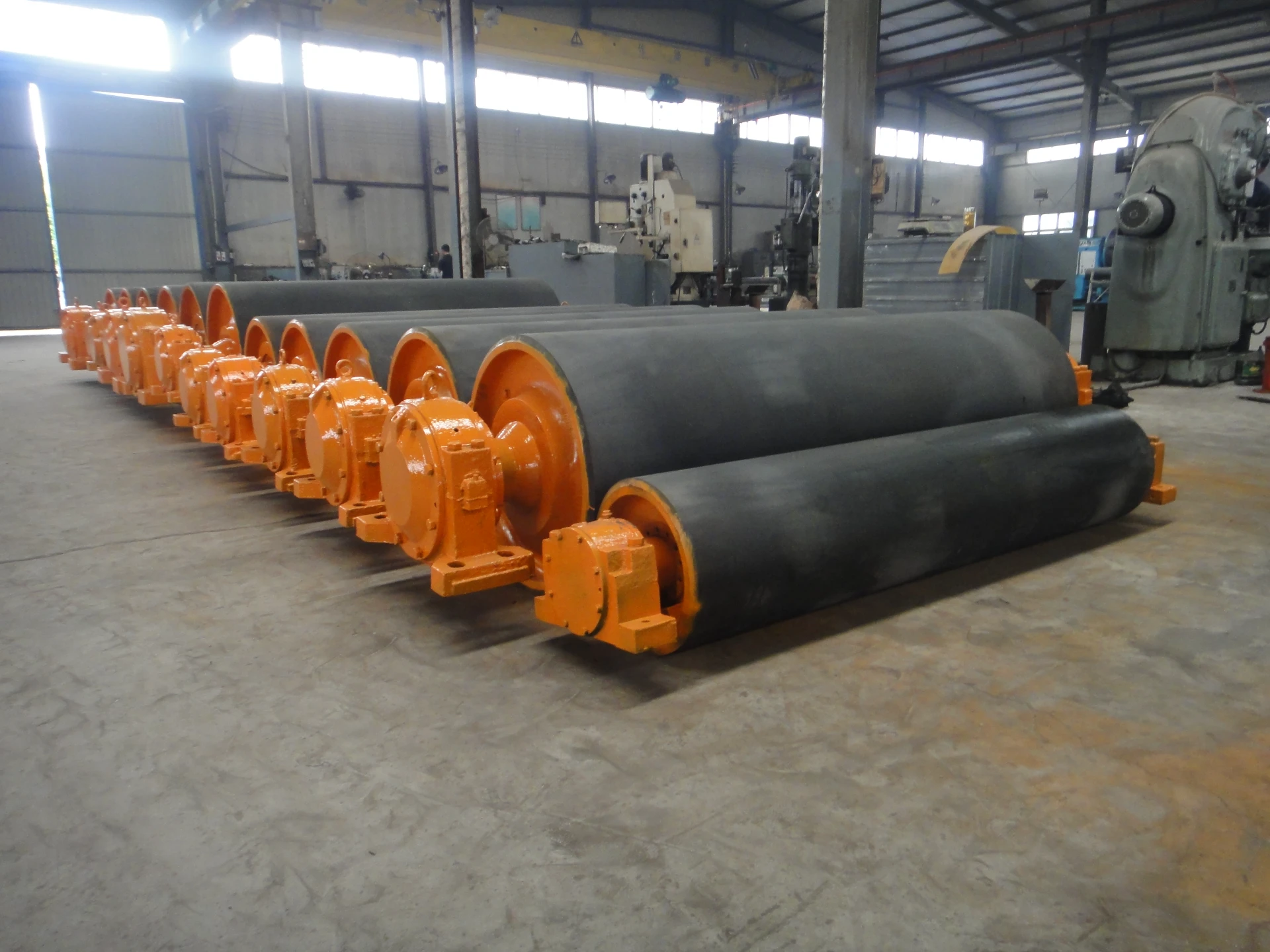 Afrikaans
Afrikaans  Albanian
Albanian  Amharic
Amharic  Arabic
Arabic  Armenian
Armenian  Azerbaijani
Azerbaijani  Basque
Basque  Belarusian
Belarusian  Bengali
Bengali  Bosnian
Bosnian  Bulgarian
Bulgarian  Catalan
Catalan  Cebuano
Cebuano  Corsican
Corsican  Croatian
Croatian  Czech
Czech  Danish
Danish  Dutch
Dutch  English
English  Esperanto
Esperanto  Estonian
Estonian  Finnish
Finnish  French
French  Frisian
Frisian  Galician
Galician  Georgian
Georgian  German
German  Greek
Greek  Gujarati
Gujarati  Haitian Creole
Haitian Creole  hausa
hausa  hawaiian
hawaiian  Hebrew
Hebrew  Hindi
Hindi  Miao
Miao  Hungarian
Hungarian  Icelandic
Icelandic  igbo
igbo  Indonesian
Indonesian  irish
irish  Italian
Italian  Japanese
Japanese  Javanese
Javanese  Kannada
Kannada  kazakh
kazakh  Khmer
Khmer  Rwandese
Rwandese  Korean
Korean  Kurdish
Kurdish  Kyrgyz
Kyrgyz  Lao
Lao  Latin
Latin  Latvian
Latvian  Lithuanian
Lithuanian  Luxembourgish
Luxembourgish  Macedonian
Macedonian  Malgashi
Malgashi  Malay
Malay  Malayalam
Malayalam  Maltese
Maltese  Maori
Maori  Marathi
Marathi  Mongolian
Mongolian  Myanmar
Myanmar  Nepali
Nepali  Norwegian
Norwegian  Norwegian
Norwegian  Occitan
Occitan  Pashto
Pashto  Persian
Persian  Polish
Polish  Portuguese
Portuguese  Punjabi
Punjabi  Romanian
Romanian  Russian
Russian  Samoan
Samoan  Scottish Gaelic
Scottish Gaelic  Serbian
Serbian  Sesotho
Sesotho  Shona
Shona  Sindhi
Sindhi  Sinhala
Sinhala  Slovak
Slovak  Slovenian
Slovenian  Somali
Somali  Spanish
Spanish  Sundanese
Sundanese  Swahili
Swahili  Swedish
Swedish  Tagalog
Tagalog  Tajik
Tajik  Tamil
Tamil  Tatar
Tatar  Telugu
Telugu  Thai
Thai  Turkish
Turkish  Turkmen
Turkmen  Ukrainian
Ukrainian  Urdu
Urdu  Uighur
Uighur  Uzbek
Uzbek  Vietnamese
Vietnamese  Welsh
Welsh  Bantu
Bantu  Yiddish
Yiddish  Yoruba
Yoruba  Zulu
Zulu Rubber Lagging Solutions for Enhanced Performance and Durability in Industrial Applications
Understanding Rubber Lagging An Essential Component in Modern Industries
Rubber lagging is a crucial process in many industrial applications, primarily used to enhance the performance and longevity of equipment such as pulleys, conveyor belts, and rollers. It refers to the application of rubber material onto surfaces that require additional grip, protection, or cushioning. This process plays an essential role in various sectors, including mining, manufacturing, and transportation, where durability and efficiency are paramount.
The Importance of Rubber Lagging
The purpose of rubber lagging is multifaceted. Primarily, it improves friction between the rubberized surfaces and the material being transported, reducing slippage. This increased grip is especially critical in conveyor systems, where maintaining the tension and speed of the transported materials can significantly affect overall productivity and performance. For instance, in mining operations, where heavy materials need to be transported over long distances, rubber lagging helps ensure that the conveyance is smooth and efficient.
Moreover, rubber lagging provides protection to the underlying metal surfaces of pulleys or rollers. The abrasive action of materials being transported can cause significant wear and tear on these components. By introducing a layer of rubber, industries can prolong the lifespan of their equipment, ultimately reducing maintenance costs and downtime. This added protection also prevents corrosion, which can be a significant issue in harsh environments, further enhancing the durability of industrial machinery.
Types of Rubber Lagging
Rubber lagging comes in various forms, each tailored to different applications and needs. Common types include smooth lagging, which is often used for general applications; diamond-pattern lagging, which provides extra grip; and ceramic lagging, designed for high-temperature environments and where extreme wear resistance is necessary. Each type serves a specific purpose, and the choice of one over another depends on factors such as the material being transported, environmental conditions, and the specific requirements of the operation.
rubber lagging

Installation and Maintenance
The process of installing rubber lagging can be complex, requiring careful preparation and expertise. Proper adhesion is critical, as the rubber must bond securely to the surface to function effectively. This often involves cleaning the metal surface thoroughly and sometimes applying special primers or adhesives. Depending on the equipment and operational demands, rubber lagging can be installed in a variety of ways, including vulcanization, which involves heating the rubber to form a strong chemical bond.
Once installed, the maintenance of rubber lagging is also essential. Regular inspections can identify wear and tear early, allowing for timely replacements before they become detrimental to the equipment's operation. This proactive approach not only ensures reliability but also enhances the safety of the operation, as damaged lagging can pose risks of failure.
The Future of Rubber Lagging
As industries continue to evolve, so too will the materials and technologies used in rubber lagging. Innovations in rubber formulations, such as the incorporation of advanced compounds or synthetic materials, promise better performance under extreme conditions, including higher temperatures and greater abrasive resistance. Sustainability is also becoming a significant consideration, with efforts to use recycled materials and eco-friendly processes in rubber lagging production.
In conclusion, rubber lagging is an indispensable aspect of modern industrial operations. Its ability to improve grip, extend equipment life, and reduce maintenance costs makes it an essential practice in sectors ranging from mining to manufacturing. As technology progresses and sustainability becomes a priority, the future of rubber lagging looks promising, with new developments that will continue to support its vital role in enhancing operational efficiency and safety. For any industry relying on heavy equipment and materials handling, understanding and implementing rubber lagging can result in significant long-term benefits.
-
Revolutionizing Conveyor Reliability with Advanced Rubber Lagging PulleysNewsJul.22,2025
-
Powering Precision and Durability with Expert Manufacturers of Conveyor ComponentsNewsJul.22,2025
-
Optimizing Conveyor Systems with Advanced Conveyor AccessoriesNewsJul.22,2025
-
Maximize Conveyor Efficiency with Quality Conveyor Idler PulleysNewsJul.22,2025
-
Future-Proof Your Conveyor System with High-Performance Polyurethane RollerNewsJul.22,2025
-
Driving Efficiency Forward with Quality Idlers and RollersNewsJul.22,2025





























